World Soil Day 2018: Stop Soil Pollution
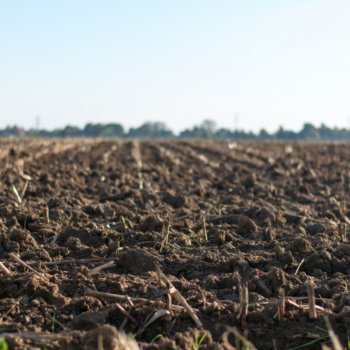
Our soil is a critical national resource that underpins national agricultural, environmental, ecological, and cultural dimensions of our economy and society.
5 December 2018
Where would we be without soil? Well, most definitely non-existent. The soil we walk on, plant in, and grow from is where life begins, and ends.
Our soil is a critical national resource that underpins national agricultural, environmental, ecological and cultural dimensions of our economy and society so that is why, on Wednesday, December 5, the world celebrated World Soil Day.
On #WorldSoilDay, we celebrate a treasure beneath our feet, which hosts a quarter of our planet’s #biodiversity & provides us with 95% of our #food. #Soils are essential for human life and well-being, but we are not taking care of them as we should… #StopSoilPollution pic.twitter.com/wwMlAT3Fzt
— José Graziano da Silva (@grazianodasilva) 5 December 2018
It takes approximately 1,000 years for 1cm of soil to be produced, so, the amount of soil that we utilise in our lifetime is all we have.
Soil is a highly variable and yet fragile skin to our landscape, and in the context of emerging pressures from climate change, urban expansion, and intensification of use; it is essential that we have access to knowledge on soil formation, its properties and its functions in order to provide for its sustainable management into the future.
Teagasc
In Ireland, Teagasc provide a range of soil services for farmers and growers. Together with the Environmental Protection Agency they released “Soils for Ireland”, which takes an integrated and dedicated assessment of the role of soils in our economic, environmental, and cultural development.
Prepared by thirty-nine national experts in their respective fields, the Soils of Ireland provides a richly illustrated and comprehensive overview of Irish soils, and includes important discussions and applications of the study of soils and soil management in Ireland.
The book addresses the diversity of functional roles of Irish soils in agriculture, nutrient management, water quality, ecosystems, and engineering, as well as addressing the cultural and geographical aspects of soils in our landscape and archaeology.
Speaking about the book, Teagasc Head of Strategy and International Relations, Dr Lance O’Brien, said: “What this book forces us to realise is the integrated and systemic nature of the functions that our soil resources provide. Our economic, social and cultural well-being depend on the health and sustainable management of our soil. The Soils of Ireland publication reminds us of this intimate dependency and core responsibility.”
UCD
In University College Dublin (UCD), the School of Agriculture and Food Science hosted a “Soils for Society Symposium” which focused solely on soils, their importance and protection – as a non-renewable natural resource – and as natural capital that underpins all land-based ecosystem services our society benefits from.
There is a need for more appreciation of the fact that soils do not only provide food but also many other ecosystem services for society, including water regulation, carbon storage, as a habitat of biodiversity, as a platform for infrastructure, and as an archive of our archaeological history.
UNFAO
According to the United Nations Food and Agriculture Organisation (UNFAO) 33% of the world’s soil is moderately to highly degraded due to erosion, loss of soil organic matter, nutrient depletion, acidification, salinisation, compaction, and chemical pollution. However, sustainable management and careful farming techniques can reverse the trend of soil degradation and ensure current and future global food security.
It is up to us to ensure that the quality of our soil remains and that our production practices are as beneficial to the environment as they are to us.
The Irish Soil Information System
The Irish Soil Information System was co-funded as part of the STRIVE programme of the Environmental Protection Agency and coordinated by Teagasc, in collaboration with Cranfield University in the UK, and UCD.
The objectives of this project were: to develop a new soil map for Ireland at 1:250,000 scale, to identify new and existing soils, and to provide a detailed description and classification system for all the soil types present in Ireland.
To check out the general soil map of Ireland as well as individual county soil maps click here.



 Print
Print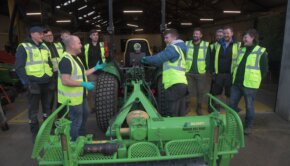
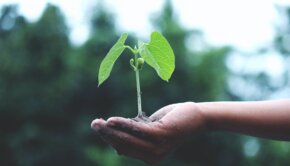
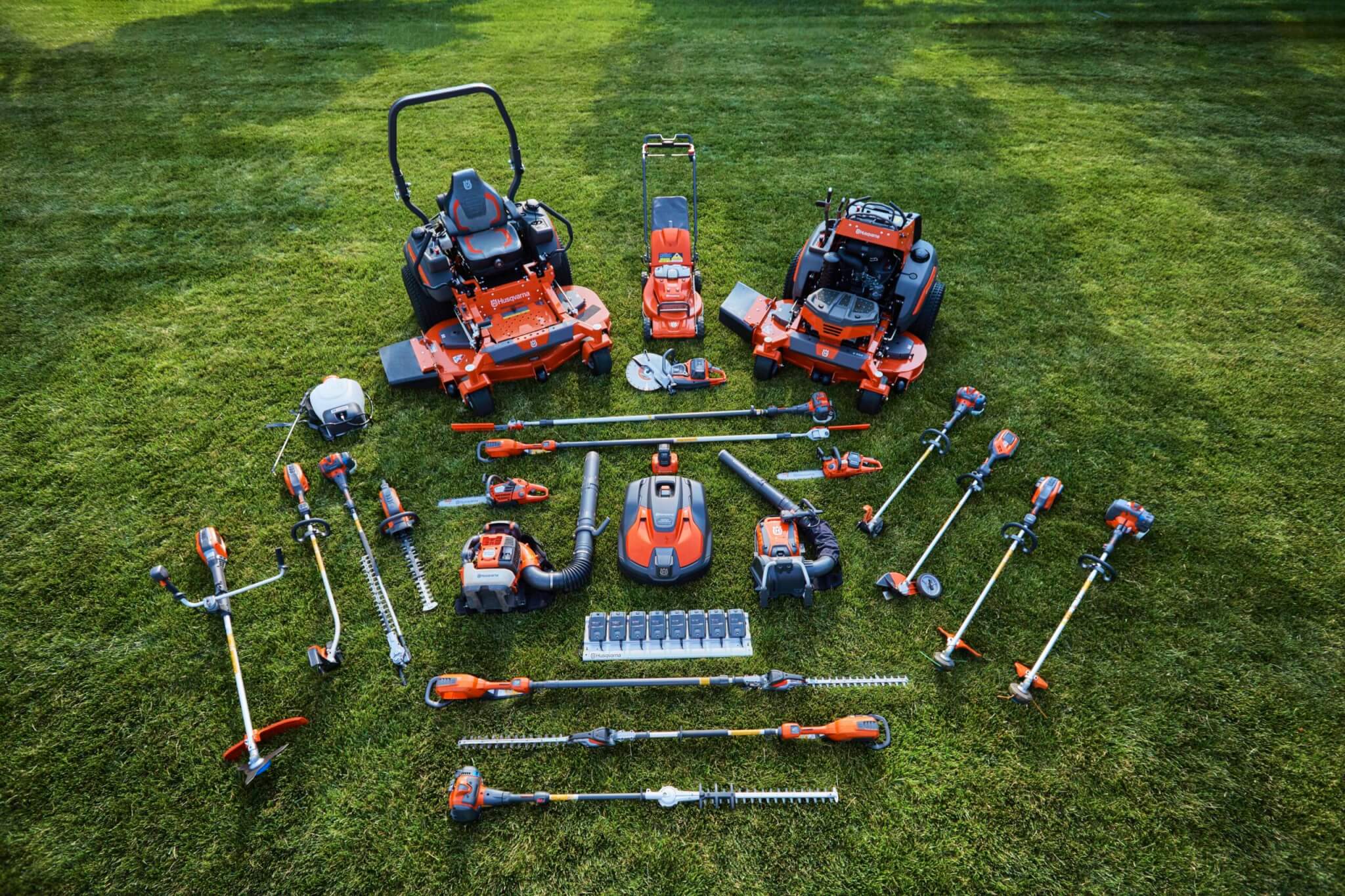
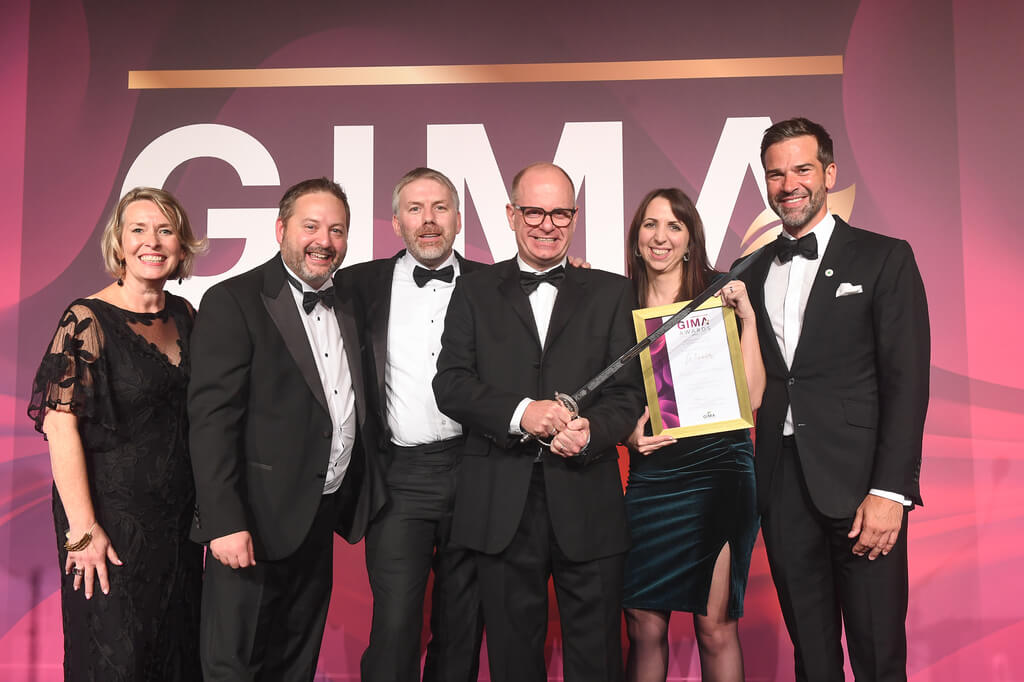
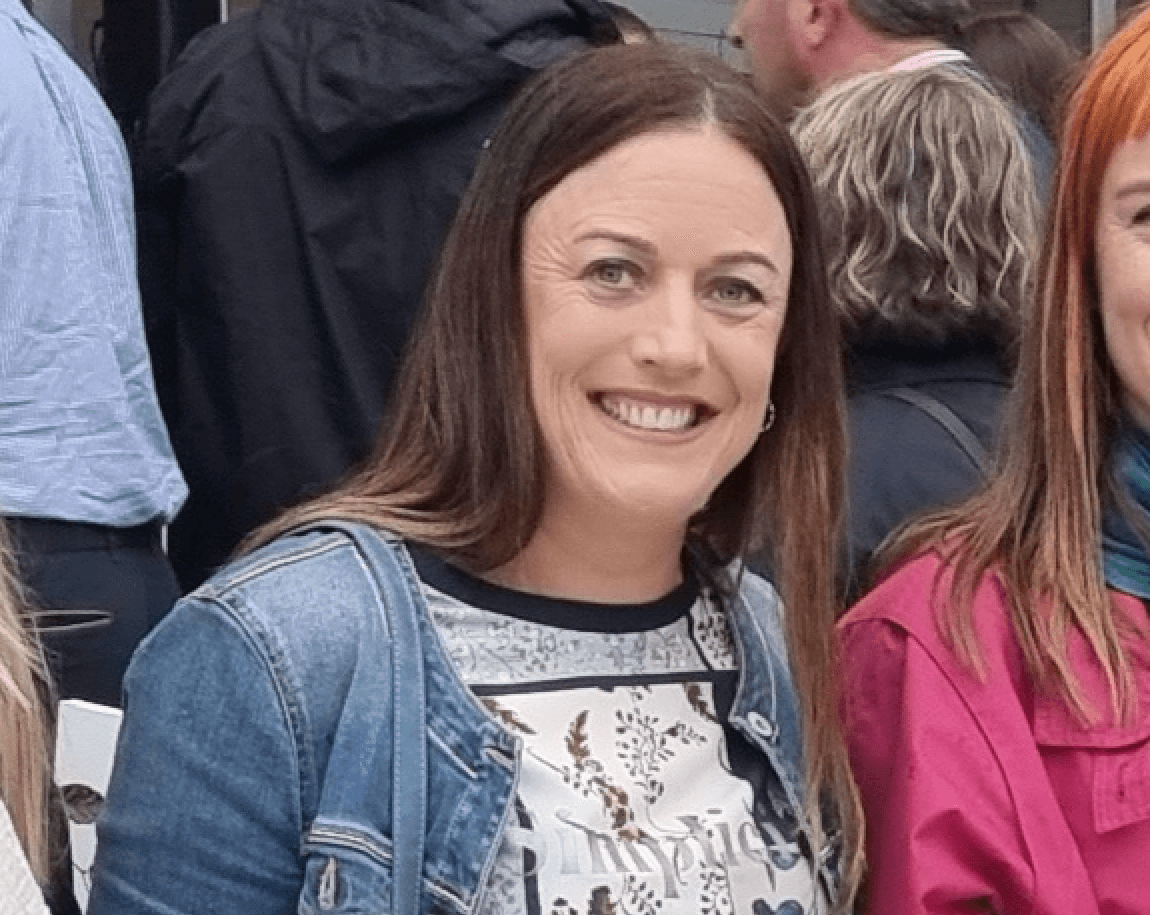

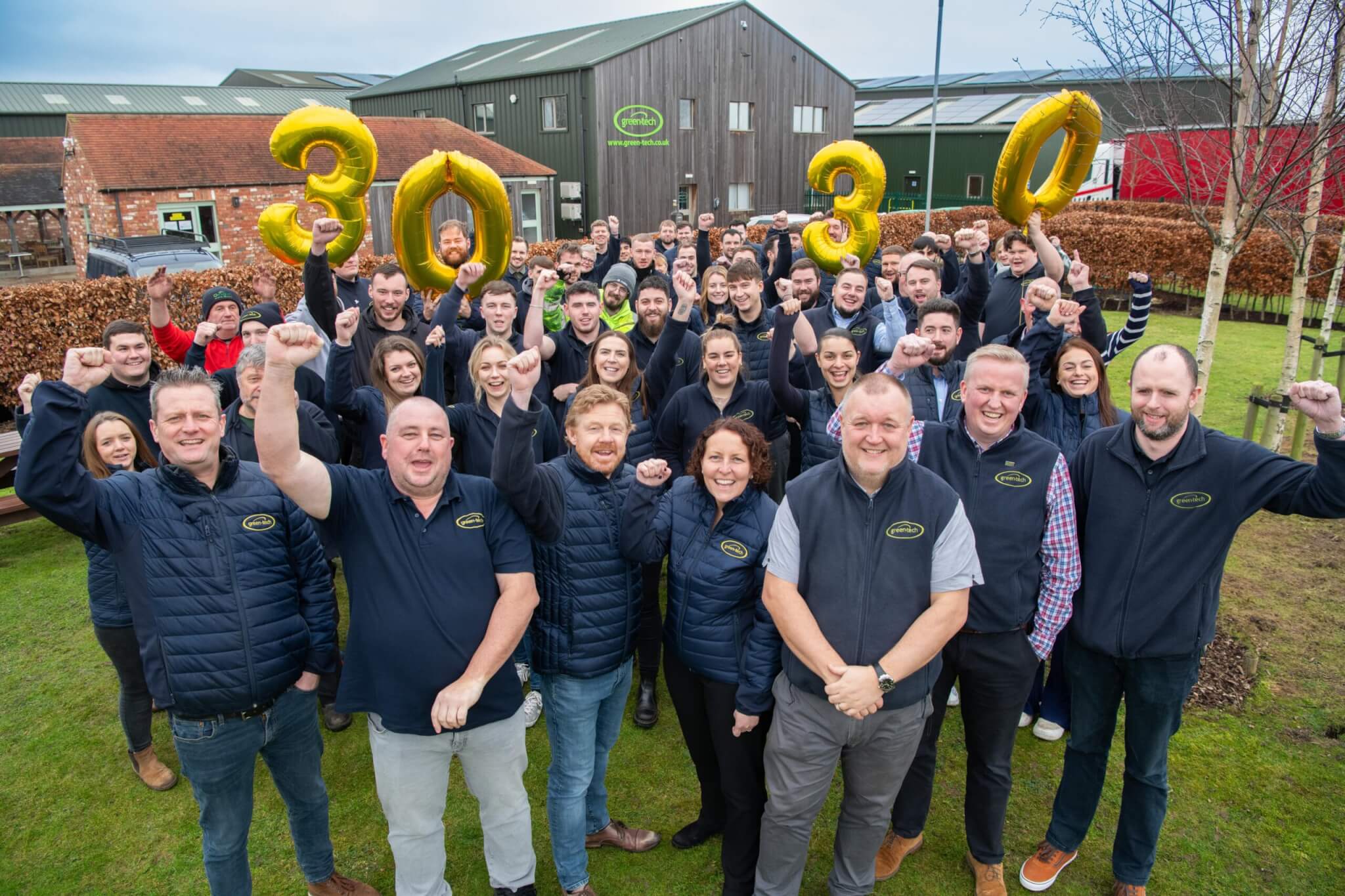
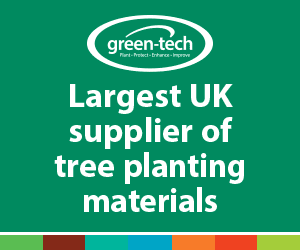

Fans 0
Followers